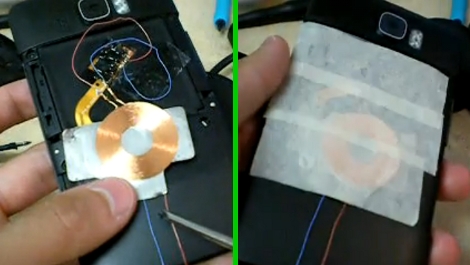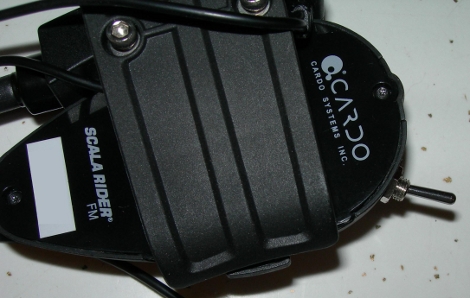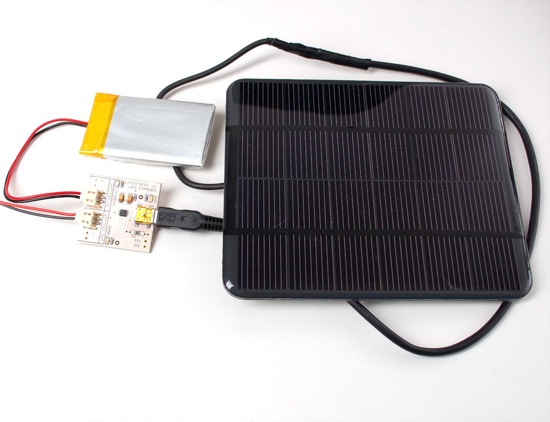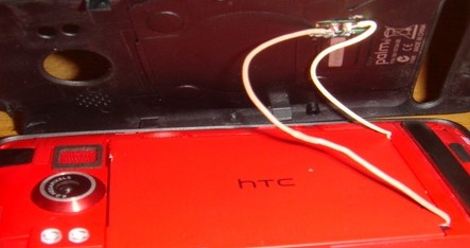[youtube=http://www.youtube.com/watch?v=kpFYoT2lYU0]
The Sprint version of the Palm Pixi doesn’t have a WiFi option but the Verizon version (called the Palm Pixi Plus) does. The hardware is almost the same and [Gitit20] figured out how to do some hardware swapping to add WiFi. The radio board inside the phone is fairly easy to remove. Close inspection of the Sprint radio board shows some solder pads where a WiFi chip would go. The Verizon version has this chip, and moving that radio board into the Sprint phone will enable WiFi. This is strictly a hardware hack as the device identification (IMEA) is paired with the motherboard and not the radio board.
Now we want to see someone source that WiFi chip, solder onto the board, and enable it within the OS so that we don’t need a donor phone to make this work.
[Thanks Juan]















